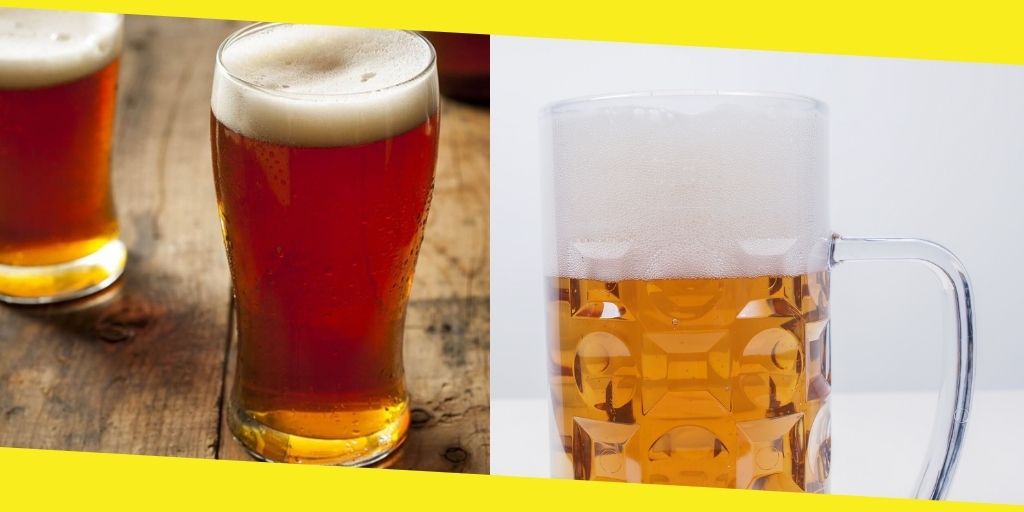
Beer comes from a very diverse background: there are porters, stouts, wheats, sours, pilsners, and more! It might surprise many people, however, to know that beers only really fall into two categories—ales, and lagers. Yes, the ingredients are the same—you can always expect barely yeast, water, and hops—but these two categories can lead to extremely different beers.
Okay, But What’s The Biggest Difference?
So, we know these beers contain the same ingredients and go through the same standard brewing process. The biggest difference is in the temperature during the fermentation of these two types of beers. Ales and lagers can produce different craft beer, they will just differ in the styles of beer they offer. Ales will be fermented with what is known as “top-fermenting” yeast at a warmer temperature. A standard temperature for ales is anywhere from 15-20 degrees Celsius. Lagers, as you might expect, are the complete opposite. Lagers will use a “bottom-fermenting” yeast, at a cooler temperature—typically anywhere between 1-10 degrees Celsius.
What Does the Temperature Do to These Beers?
The temperature difference can play a role in the flavour profile that you can expect in different beers, but they follow a general format. In comparison to one another, ales tend to be a bit maltier and smoother, oftentimes sweeter than lagers. Lagers tend to be crisper and refreshing, often lighter in flavour than their ale counterparts.
What Are Some Notable Ales?
There are many different categories when it comes to ales, and brewers are creating new niches all the time. There are, however, a few dependable ales that will always follow a similar format:
- The Pale Ale: Not too hoppy, these ales have a nice body and a slight hop. Dependent on the country, they may vary in different flavours or profile notes.
- The India Pale Ale: One of the most popular ales, these hail from all over the world, and are known for their hoppy profile. Some hops are bitter, while some tend to be more balanced and malty. IPAs can range from fruity to piney, and there are plenty of different styles to choose from.
- The Stout: A classic. This dark ale is malted, roasted, and smooth. There is a low hop profile and notes of chocolate or coffee can be expected.
Knowing the difference between lagers and ales can help you find the beer that fits you best.
You may like this